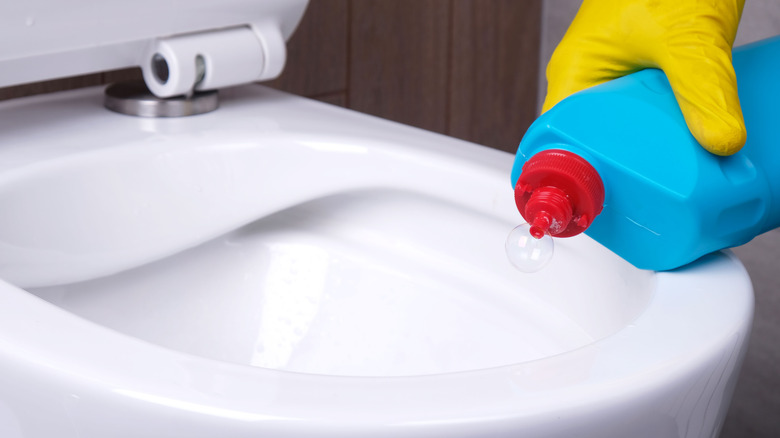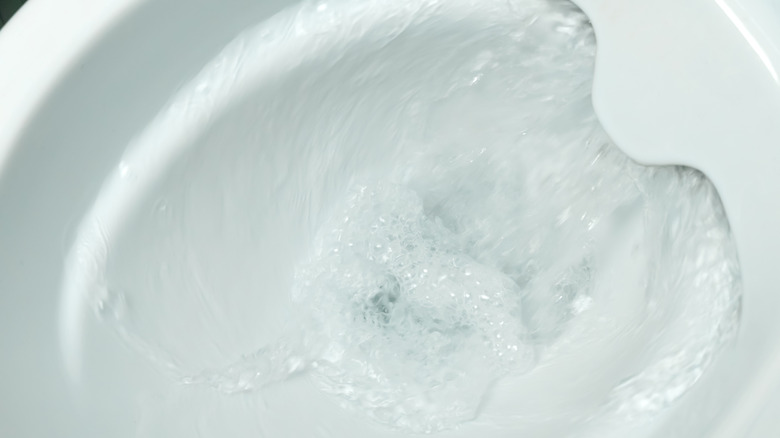The Benefits Of Having A Rimless Toilet That You Need To Know
Thinking of upgrading your toilets? Consider going rimless. Rimless toilets are exactly what they sound like: toilets without a rim. These contemporary models are becoming increasingly popular these days, thanks to being more low-maintenance and hygienic as they eliminate the need to clean under the rim of your toilet. Plus, they have a modernized flushing system that saves a surprising amount of water, so depending on how old your current toilets are, this alone could down your water bill significantly.
If you're reluctant to invest in new toilets, the truth is that having an old toilet could be costing you far more money in the long run, and we mean that literally. Toilets with worn-out parts are prone to running more frequently. A toilet that is left to run for a long time could use upwards of 200 gallons per day, causing unexpected spikes on your monthly bills, not to mention plumbing costs. Buying new appliances may come with an upfront cost, but sometimes, the benefits of modernized technology far outweigh the financial setback, which is definitely the case for rimless toilets. So, let's talk about how these high-efficiency toilets really work and what makes them so much better than the traditional kind.
How does a rimless toilet work and why is it better
Let's dive into how this all works. For traditional toilets, the rim serves an important purpose. When you flush, the water flows through the rim and distributes it around the toilet bowl. However, rimless toilets have an entirely different flushing system, where the water is dispensed from pressurized jets through a rear valve. This system is more effective because it allows the water to flow through the entire bowl. Plus, the high-efficiency system allows some rimless toilets to have a quieter flush.
It may not seem too consequential, but a rimless toilet has several advantages over the original kind. Firstly, rimless toilets are genuinely more hygienic and easier to keep clean. The entire bowl is exposed, which means you do not have any hard-to-reach toilet spots to clean, such as underneath the rim, reducing buildup of bacteria and hard water deposits. As stated previously, too, one of the biggest benefits of rimless toilets is that they generally use less water. If that 200 gallons a day number is still ringing through your head, well, rimless toilets — thanks to their high efficiency flushing systems — use as little as 0.8 gallons of water per flush. By contrast, older toilets made in the 1980s and 90s use 3.5 gallons or more per flush.
So, if you're interested in saving water in your bathroom and cutting back your expenses, it may be worthwhile to replace those old toilets in your home. You won't have to break the bank to do so, either. Rimless toilets are available at many price points, ranging from more accessible to high-end.

